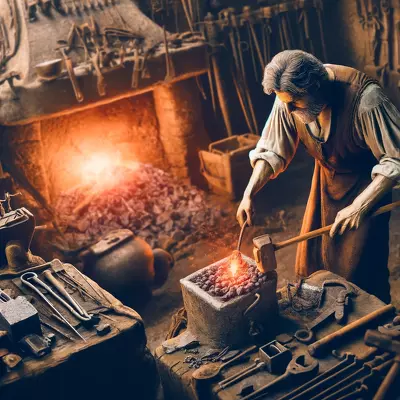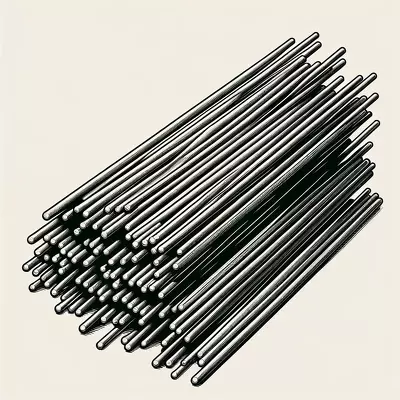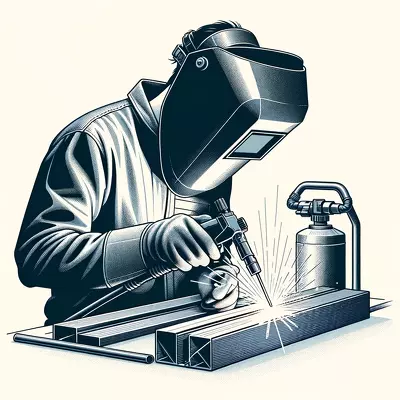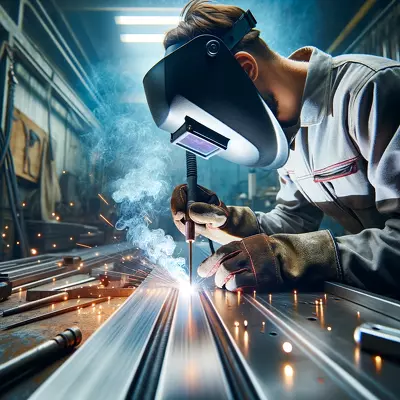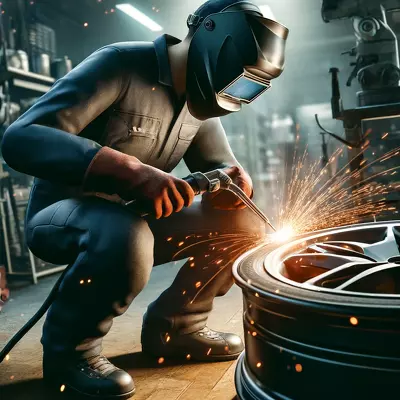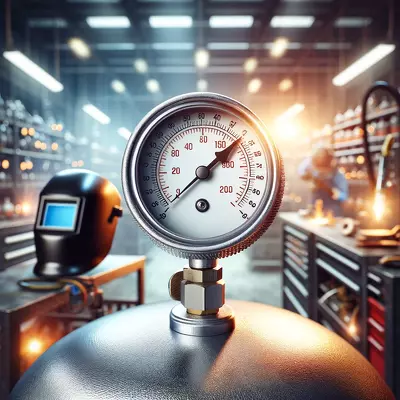Mastering the Arc: Top 10 Welding Tips for Beginners to Build Confidence and Skill
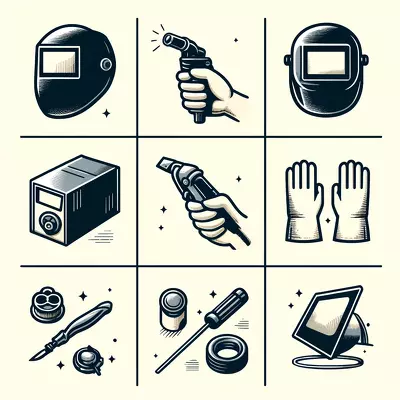
Starting welding can be exciting but also a bit daunting. Whether you’re aiming to fix things around the house or dive into a new hobby, getting the basics right is crucial. These top 10 welding tips for beginners will guide you through the essential steps, helping you improve your skills safely and effectively. Learn about the right equipment, proper techniques, and common mistakes to avoid, making your welding journey smoother.
I. Introduction
A. Importance of Learning Welding Basics
Understanding the basics of welding is crucial for anyone looking to enter this field. Welding is not only a useful skill for fixing and creating metal structures but also a critical component in various industries. Mastering the fundamentals ensures that welders can perform their tasks safely and effectively, minimizing risks and improving the quality of their work.
B. Overview of Essential Welding Tips
This guide will walk beginners through the top ten welding tips, covering everything from choosing the right equipment to understanding essential techniques. Each tip is designed to build a strong foundation for new welders, helping them avoid common mistakes and develop their skills efficiently.
II. Choosing the Right Welding Equipment
A. Types of Welding Machines
The first step is selecting the appropriate welding machine. Different types exist, including MIG, TIG, and Stick welders, each suited for specific tasks. Beginners often start with MIG welders due to their ease of use and versatility.
B. Necessary Safety Gear
Safety is paramount in welding. Essential gear includes a welding helmet, gloves, protective clothing, and safety glasses. Ensuring you have the right gear can protect you from burns, eye damage, and inhalation of harmful fumes.
C. Selecting Appropriate Welding Rods
Choosing the correct welding rods is crucial for a successful weld. Different rods are used for different metals and thicknesses. Beginners should familiarize themselves with common types like E6011 and E7018, which are versatile and easy to use.
III. Setting Up Your Workspace
A. Ensuring Proper Ventilation
A well-ventilated workspace is essential to avoid inhaling toxic fumes. Ensure your workspace has good airflow, and consider using a fume extractor to keep the air clean.
B. Organizing Your Tools
Keeping your tools organized can save time and reduce stress. Have a designated area for each tool and ensure everything is within easy reach. This organization helps maintain a smooth workflow.
C. Safety Precautions and Measures
Implementing safety measures is critical. This includes having a fire extinguisher nearby, wearing flame-resistant clothing, and keeping flammable materials away from the welding area. Always follow proper protocols to ensure a safe working environment.
IV. Understanding Welding Techniques
A. Different Types of Welds
There are various welding techniques, such as butt welds, fillet welds, and lap welds. Each technique is used for different purposes and materials. Understanding when and how to use each type is essential for a strong weld.
B. Mastering Welding Positions
Welding can be done in multiple positions: flat, horizontal, vertical, and overhead. Each position requires different skills and techniques. Practice is key to mastering these positions and ensuring consistent, high-quality welds.
C. Controlling Heat and Speed
Managing heat and speed is crucial for a successful weld. Too much heat can burn through the material, while too little can lead to weak welds. Finding the right balance through practice helps create strong, durable welds.
V. Preparing Materials for Welding
A. Cleaning and Prepping Surfaces
Clean surfaces are essential for a strong weld. Remove any rust, paint, or debris from the metal before welding. Using a wire brush or grinder can help ensure the surfaces are clean and ready.
B. Properly Aligning Parts
Aligning the parts correctly before welding is crucial. Use clamps and fixtures to hold the pieces in place. Proper alignment ensures a straight and strong weld.
C. Tack Welding Techniques
Tack welding involves placing small welds at intervals to hold parts together temporarily. This technique helps maintain alignment and prevents warping during the final welding process.
VI. Practicing Welding Skills
A. Starting with Simple Projects
Beginners should start with simple projects to build confidence and skills. Projects like small boxes or frames are excellent for practicing basic techniques and getting comfortable with the equipment.
B. Gradually Increasing Complexity
As skills improve, gradually take on more complex projects. This progression helps build a deeper understanding of welding techniques and challenges, leading to better skill development.
C. Learning from Mistakes
Mistakes are a natural part of learning. Analyzing and understanding errors can lead to significant improvements. Don’t be discouraged by setbacks; use them as learning opportunities to refine your techniques.
VII. Maintaining Your Equipment
A. Regular Cleaning and Inspection
Keeping welding equipment clean and in good condition is essential for safety and performance. Regularly inspect cables, torches, and other components for wear and damage.
B. Replacing Worn Parts
Replace worn or damaged parts promptly to maintain the efficiency and safety of your equipment. Using faulty equipment can lead to poor welds and an increased risk of accidents.
C. Storing Equipment Properly
Store your welding equipment in a dry, secure place. Proper storage extends the life of your tools and ensures they are ready for use when needed.
VIII. Common Welding Mistakes and How to Avoid Them
A. Overheating and Burn-Through
Overheating can cause burn-through, damaging the material. To avoid this, use the appropriate heat settings and maintain a steady hand.
B. Incomplete Penetration
Incomplete penetration occurs when the weld does not penetrate the material completely. To achieve full penetration, ensure proper heat and technique.
C. Cracks and Porosity
Cracks and porosity weaken the weld. These issues can be avoided by using clean materials, proper heat settings, and maintaining a steady welding speed.
IX. Enhancing Your Welding Skills
A. Seeking Feedback from Experienced Welders
Feedback from experienced welders can provide valuable insights and tips for improvement. Don’t hesitate to ask for advice or critique.
B. Taking Advanced Welding Courses
Consider enrolling in advanced welding courses to learn new techniques and improve existing skills. Formal training can significantly enhance your welding capabilities.
C. Joining Welding Communities
Joining welding communities, both online and offline, can provide support, resources, and opportunities to learn from others. Engaging with fellow welders can be motivating and educational.
X. Safety Tips for Beginner Welders
A. Understanding Electrical Safety
Welding involves electricity, which can be dangerous if not handled correctly. Always ensure your equipment is properly grounded and use caution when working with electrical components.
B. Protecting Yourself from Fumes and Gases
Welding produces harmful fumes and gases. To protect yourself from inhaling toxic substances, use proper ventilation and respirators and work in well-ventilated areas.
C. Safe Handling of Welding Tools
Handle welding tools with care. Follow the manufacturer’s instructions and use the tools as intended. Proper handling reduces the risk of accidents and injuries.
XI. FAQs
Q: What type of welding is best for beginners?
A: MIG welding is often recommended for beginners due to its ease of use and versatility.
Q: How can I avoid common welding mistakes?
A: Practice regularly, follow safety guidelines, and seek feedback from experienced welders to improve your skills and avoid common errors.
Q: What safety gear do I need for welding?
A: Essential safety gear includes a welding helmet, gloves, protective clothing, and safety glasses.
Q: How do I choose the right welding machine?
A: Consider the type of projects you will work on and choose a machine that matches your needs. MIG welders are a good start for beginners.
Q: How important is ventilation in a welding workspace?
A: Proper ventilation is crucial to avoid inhaling toxic fumes and gases produced during welding.
Q: What should I do if my welds have cracks?
A: To prevent cracks, ensure your materials are clean, use the correct heat settings, and maintain a steady welding speed.
Q: Where can I learn more about advanced welding techniques?
A: Enroll in advanced welding courses and join welding communities to learn new techniques and improve your skills.
XII. Conclusion
A. Recap of Essential Welding Tips
Reviewing the top welding tips highlights the importance of choosing the right equipment, understanding techniques, and maintaining safety. These foundational elements are key to successful welding.
B. Encouragement for Continuous Learning
Continuous learning and practice are vital for improving welding skills. Engage with experienced welders and seek out new learning opportunities to keep advancing.
C. Final Thoughts on Starting Your Welding Journey
Starting your welding journey can be both exciting and challenging. With the right guidance and dedication, you can master the essential skills and become proficient in welding.
XIII. Suggested Readings
For those interested in furthering their welding knowledge, the following books offer valuable insights and advanced techniques:
- “Welding for Dummies” by Steven Robert Farnsworth – A beginner-friendly guide covering basic to intermediate welding techniques.
- “The Welding Bible” by Whimsie Journals – An in-depth look at welding processes, tools, and safety practices for all skill levels.
- “Modern Welding” by Andrew D. Althouse – A comprehensive textbook covering a wide range of welding topics, ideal for students and professionals.
- “Welding Essentials” by William Galvery and Frank Marlow – A practical guide focusing on essential skills and techniques for welders.
- “Learn to Weld” by Stephen Christena – A step-by-step instructional book designed to teach beginners the fundamentals of welding.
These books provide a wealth of knowledge, from basic principles to advanced techniques. Reading them can significantly enhance your understanding and proficiency in welding.

